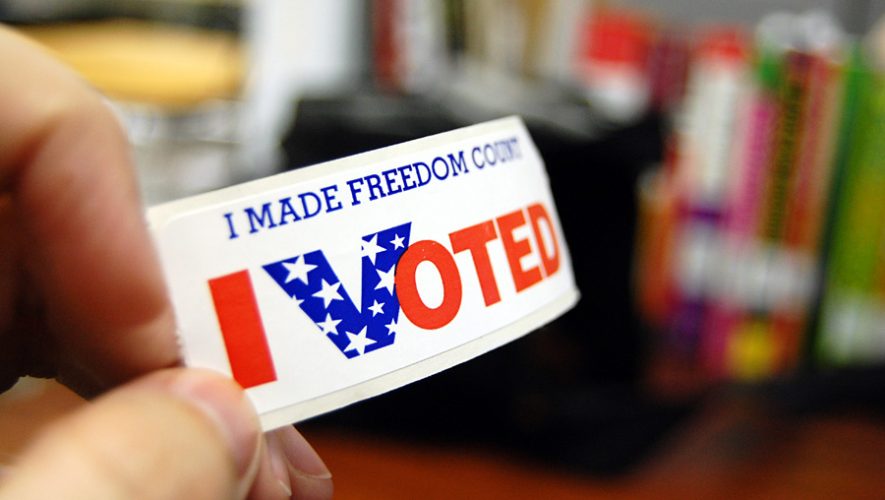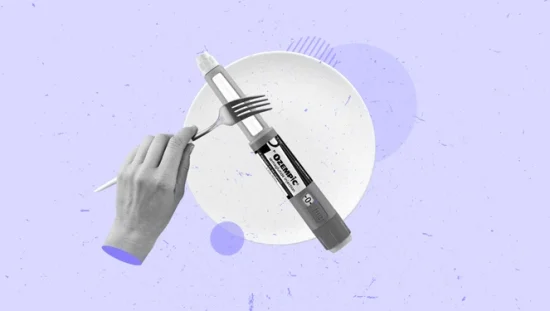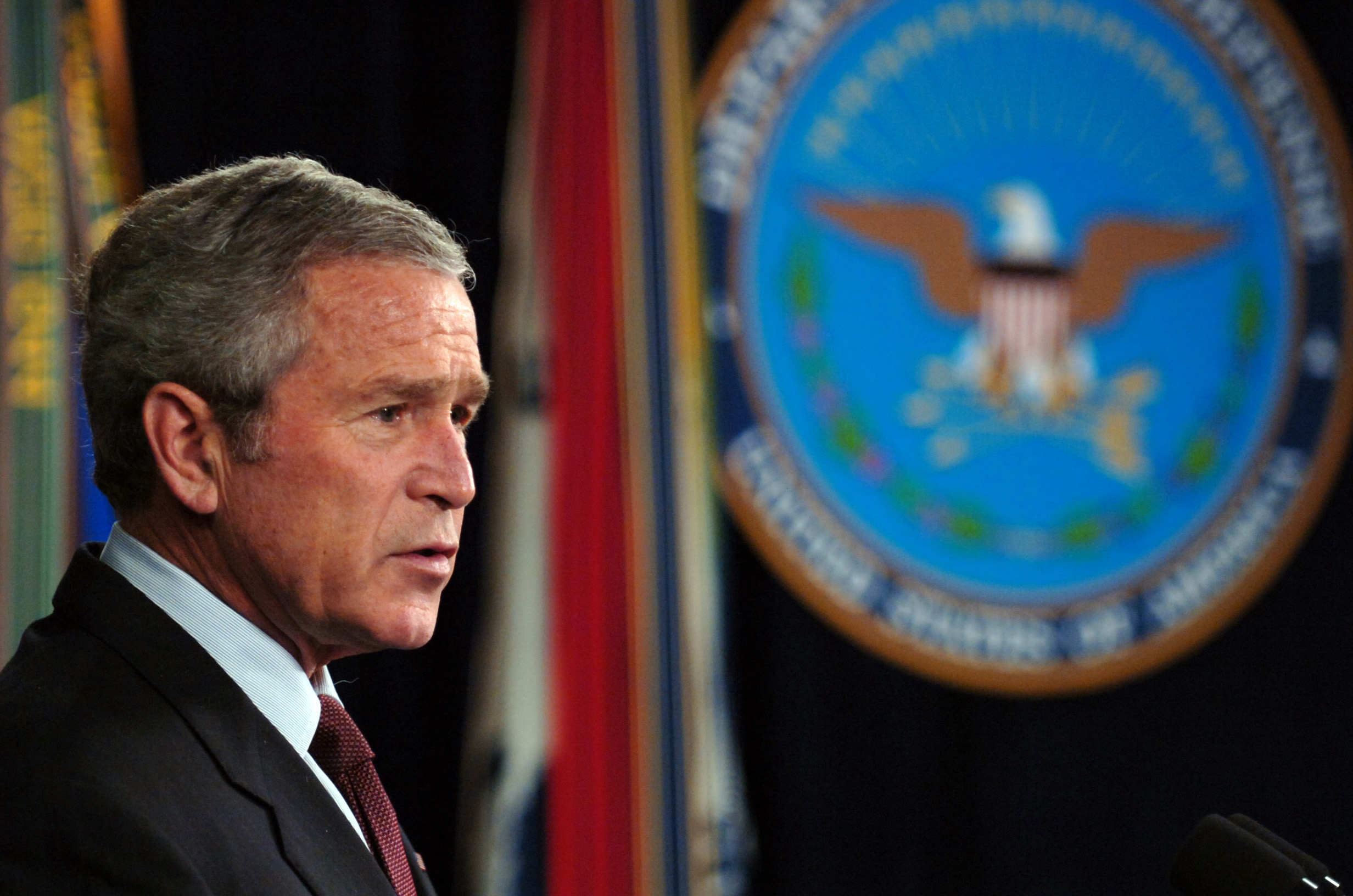Though the United States has a slight obsession with installing democratic governments across the globe, American democracy is consistently one of the least active among developed countries. In the 2016 presidential election, only 55.6 percent of citizens in the voting-age population cast a ballot. Turnout has been between fifty-two and sixty-three percent in every presidential election since 1948. Rates decrease in midterm years, when there is no presidential race.
These turnout rates trail most highly developed, democratic states: Belgium has the highest voter turnout with nearly ninety percent, followed by Sweden and Denmark, both slightly above eighty percent. So, why does a country that prides itself on being the world’s most powerful democratic nation consistently lag behind other nations in voter participation by over twenty points?
When the Constitution was ratified in 1788, the Founding Fathers decided that only property-owning white men should vote. Eventually, the right of citizenship—and with it, suffrage—was extended to other groups. It took nearly a century for the federal government to pass the Fifteenth Amendment outlawing the denial of voting rights on the basis of race. This led to the emergence of other barriers to voting, including poll taxes, literacy tests, and the grandfather clause. The grandfather clause was declared unconstitutional in 1915, but it would be another fifty years before poll taxes and literacy tests were abolished.
During the twentieth century, voting rights were extended to women, Native Americans, and other minority groups. The Civil Rights movement during the 1960s led to the elimination of poll taxes and literacy tests and the protection of voting rights through the Voting Rights Act. In 1971, the Twenty-Sixth Amendment lowered the voting age from twenty-one to eighteen. This was largely due to the argument that if eighteen-year-olds were old enough to die for their country in the Vietnam War, they were old enough to vote. Voting rights and protections have continued to expand in the decades since, such as the restoration of voting rights in local Washington, D.C. elections and the extension of the Voting Rights Act through 2031.
Although the US has always been a “democratic” nation, universal voting rights were not a reality until nearly two centuries after the ratification of the Constitution. While measures have been taken to ensure that more people can register and cast their votes, systemic barriers still prevent citizens from participating in American democracy.
Registration is usually left to the individual. Many eligible voters are not aware that they need to register ahead of the election—usually several weeks to months in advance. Less than half of states allow same-day registration, so if someone isn’t registered before the deadline, they cannot vote. Registration is typically not difficult, but many eligible voters are unaware of either the early deadlines or the need to register at all.
Registered voters are at risk of being purged from voter rolls. Purging aims to remove ineligible or inactive voters from registration lists. When implemented correctly, this process keeps states’ lists up-to-date, but when done incorrectly, as it often is, thousands of registered voters can be removed without warning. Purged voters may not even be aware that they are no longer registered, and efforts by states to get them re-registered are not as successful as they should be.
Additional barriers to registration, such as being required to do it in person, make it more difficult for full-time workers to register. Thirty-eight states and Washington, D.C. allow online voter registration, but this helps only if potential voters are educated about the need for registration. The movement to expand voter registration has made massive progress over the past few years—as of July 2019, forty-six states had introduced or carried over bills expanding voting access. Twenty-seven states and D.C. offer no-excuse absentee voting, which allows voters to request absentee ballots for any election without providing a reason. If the end goal is to make sure that all American citizens eighteen or older are registered, this momentum must continue. The easier it is for eligible voters to register, the more likely it is that registration will increase. When registration increases, voter turnout should rise with it.
Another significant barrier is that Election Day is not a federal holiday. When Election Day was established in 1845 as the Tuesday after the first Monday in November, it was mainly to align with farming schedules, giving rural voters time to get polling booths in cities. Now that the majority of citizens live in cities and the electorate has expanded, the combination of work, childcare, and school makes it difficult or even impossible for many to get to the polls. In 2018, a survey by Hill.TV and the HarrisX polling company found that sixty-three percent of Democrats, forty-eight percent of Republicans, and fifty percent of independents would support making Election Day a federal holiday.
Though determining the specific impact of a national holiday on voting turnout would require more research, supporters of the act argue that giving citizens a day off for voting would increase the ability of working-class and low-income voters to make it to the polls. House Democrats introduced a proposal to make Election Day a federal holiday in early 2019. Unfortunately, this is unlikely to pass, as Republican legislators have voiced strong opposition to the bill. For now, voters who find it difficult to make time to get to the polls are going to remain at a disadvantage on Election Day.
Many laws that increase voter suppression are targeted at minority voters. Thirty-five states require voters to show identification to vote, based on the argument that it limits voter fraud. Voter impersonation fraud is blown way out of proportion by many in the media. In reality, the incident rates of voter fraud are miniscule. A 2014 study found that, out of more than a billion ballots cast, there were only thirty-one credible cases of voter fraud. Though voter ID laws affect a relatively small percentage of the voting population, research has found that they disproportionately affect Black and Latino voters.
Another, more widespread example of minority voter suppression is felon disenfranchisement, which silences millions of Americans. Laws concerning whether or not convicted felons are allowed to vote vary from state to state. In some states, convicted felons are permanently stripped of their right to vote, while in others, only those who have completed their full sentences can vote. In all, these laws prevent about 5.85 million people from voting, easily enough to swing a national election.
Because thirty-eight percent of American felons are Black, felon disenfranchisement disproportionately impacts people of color. They cannot vote even after they have completed their sentences and paid their debt to society. According to a HuffPost poll conducted in 2018, a majority of Americans support restoring voting rights to felons who have completed their sentences.
In the 2018 election, Florida voters passed the Voting Rights Restoration for Felons Initiative, which extended the vote to an estimated 1.4 million felons who have completed their sentences. Though the amendment passed with nearly sixty-five percent of the vote, Florida legislators moved to implement a modern poll tax: requiring recently restored voters to pay outstanding court costs, fines, and fees before they can vote. This significantly impacts low-income voters, as the costs that come with felony convictions can result in mountains of debt.
Many Americans do not vote not because it is inconvenient, rather because, for centuries, minority groups have been told that they do not deserve the right to vote. Even though laws such as literacy tests and poll taxes have been abolished, racial voter suppression still persists in the United States.
Ultimately, many Americans don’t bother voting because they believe their vote doesn’t matter and that participating in local, state, or federal elections is pointless. This is due to a number of reasons, one of which is frustration with the two-party system. That most elections come down to two candidates—one Democrat and one Republican—often leads to those who do not strongly identify with a party choosing between the “lesser of two evils.” This was a prominent issue in the 2016 election; many voters believed that Hillary Clinton and Donald Trump would be equally bad for the nation. According to CNN, fourteen percent of all voters believed that neither Trump nor Clinton was qualified to be President. About one in seven of this group voted for a third-party candidate.
Two-thirds of Americans believe that the two major parties do not adequately represent the people and that a third major party is necessary. However, there is little consensus about where on the ideological spectrum that party should fall—centrist, left of the Democrats, or right of the Republicans. Even though many voters don’t feel their beliefs align with either major party, it’s next to impossible for another party to break into the mainstream. The two-party system, which even George Washington himself warned against, has caused deep divisions in the United States, and has led to many voters feeling unheard by the party establishments.
Additionally, in presidential elections, the Electoral College comes into play. The Electoral College, set up by the framers of the Constitution, is the process by which the President is actually selected. A body of electors, proportioned to each state roughly by population, cast their votes for President based on the results of the popular vote in their state. Rather than picking the President by simple nationwide majority, candidates must win the popular vote in enough states to win 270 votes in the College. While the Electoral College result typically matches the popular vote, five elections have handed the presidency to the loser of the popular vote. In 2016, Hillary Clinton lost the election despite beating Donald Trump by 2.87 million votes. As the population of the United States concentrates in cities, especially in coastal areas, the power of votes in those areas is diluted. A state’s electoral votes equals the sum of their senators and representatives in Congress, so each state gets at least three votes. States with smaller populations have more power—a vote in Wyoming, a state with fewer than 600,000 people, is worth more than three times a vote in California, which has a population of nearly forty million.
The Electoral College leads to party-line divisions in many states. Besides swing states, such as Florida and Ohio, most states reliably lean towards one party or the other, so individual votes don’t make much of an impact on the election as a whole. There are growing movements to abolish the Electoral College and rewrite state laws to ensure that the election is decided by the popular vote alone, but they are unlikely to gain enough traction to succeed in time for the 2020 election.
The American voting system leads to voting apathy. Voters believe that their choice does not make a difference, no matter the level of the election. Each time an election rolls around, many activist groups do their best to excite voters and register as many people as possible. However, the apathy of the voting population, combined with the barriers in place that prevent people from voting, lead to low voter turnout.
The only way to drastically increase voter turnout is with massive election reform. The current Congress decided that this issue was important enough to make it the very first bill drafted by the House of Representatives this session: the For the People Act, or US HB1. The bill includes several measures that would make it easier for Americans to vote, including making Election Day a federal holiday, limiting the number of voters that can be purged from voter rolls, and changing the guidelines for campaign financing. The For the People Act was introduced in the House on January 3, 2019, and was passed by the House in early March with a 294–193 vote. However, no action has been taken on the bill by the Senate. Unfortunately, the act has no chance of being law until either Senate majority leader Mitch McConnell brings it to a vote, or he loses his seat in the 2020 election and the new majority leader allows it onto the Senate floor.
Though we can’t yet achieve HB1’s overarching federal reforms, many changes have been made on the state level. Sixteen states encompassing over a third of all Americans have automatic voter registration, and twenty-one allow same-day registration. These policies reduce the issues that many people have when registering to vote. Many studies have shown a three-to-seven-percent increase in turnout after the implementation of same-day registration, and automatic registration has increased registration rates in every state where it’s been implemented. The United States is behind the curve when it comes to ease of voter registration, but as the reforms increase, more of the voting-age population will be registered to vote by the time the next election rolls around.
So, what can we, as everyday citizens, do about voter turnout rates? Until politicians step up to support sweeping, national reforms of our democracy, the answer is “not much.” But that doesn’t mean that it’s completely hopeless. There are plenty of organizations out there that are fighting to ensure that everyone who is eligible has the opportunity to vote and that elections are fair:
Fair Fight 2020: headed by Stacey Abrams (the former candidate for governor of Georgia), committed to building voter protection teams to fight voter suppression in the states where it carries the most devastating consequences, especially in communities of color
When We All Vote: a non-profit, nonpartisan organization dedicated to increasing election participation by changing the culture around voting and forming partnerships to reach out to every single American
American Civil Liberties Union: advocating for policies that make it easier to vote and fight voter suppression and gerrymandering
Let America Vote: with a board of advisors including Bradley Whitford (an actor and political activist), Jon Favreau (President Obama’s former speechwriter, not the director), and several state governors, Let America Vote fights back against voter suppression and protects the right to vote for all American
League of Women Voters: fighting voter suppression, getting money out of politics, and promoting fair and impartial redistricting
At first glance, the apathy of Americans toward voting is discouraging. For a country that prides itself on being a beacon of modern democracy, we fall significantly behind other democratic, developed nations. The voters aren’t the ones entirely at fault, either—United States elections have been rigged by the ruling class since the start, and it still isn’t easy for marginalized communities to cast their ballots. But the movement to ensure the right to vote for everyone is growing, and with any luck, voter turnout in the United States will finally catch up to that of other modern democracies.



